Types of hair contouring and choice of shades
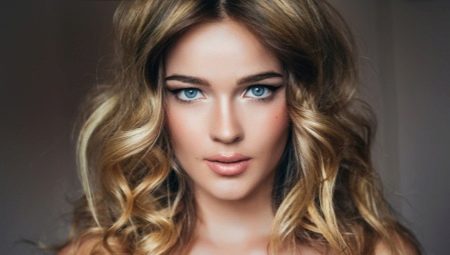
The "contouring" hair coloring technique has been very popular for several seasons. This is not surprising, because such coloring allows you to hide all the imperfections of the appearance, emphasize their dignity, and make the look more well-groomed.
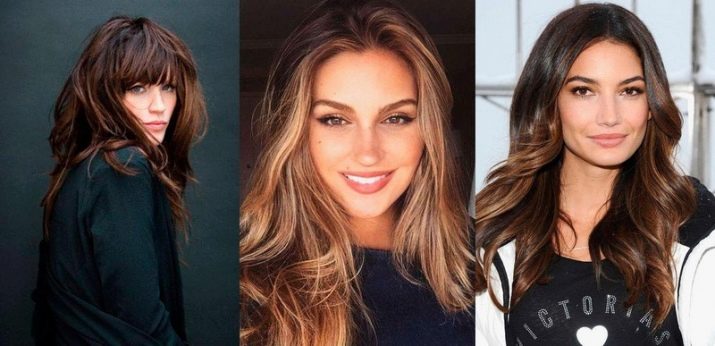
What it is?
Surely many have heard about contouring in make-up. It is based on the play of shadows, through which you can emphasize the cheekbones, visually make the nose thin and, in general, give the face a fresh, rested look. However, not everyone knows that sculpting a face can also be done with a hairstyle.
Hair contouring is coloring individual strands in different shades in order to hide or, on the contrary, emphasize certain zones. With the help of coloring, you can "remove" unnecessary pounds, get rid of excessive elongation of the face or make it more voluminous. Hair contouring refreshes the look, makes the face look more youthful and well-groomed.
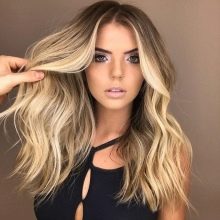
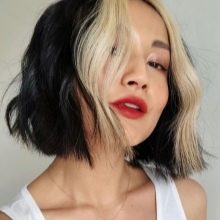
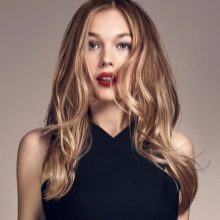
It is noteworthy that this technique does not give any dramatic changes, but the result is truly stunning.
The earliest contouring specialist was Ben Nye, a renowned make-up artist at 20th Century Fox. It was he who created the bows of the legendary actresses familiar to millions. Nowadays, many Hollywood divas prefer this style of coloring. Even those who cannot boast of perfect facial features look great thanks to the new technique. It's enough just to remember Jennifer Aniston - it is thanks to her hairstyle that she has become a style icon.With this staining technique, I could achieve a flawless look and Sarah Jessica Parker... The play of shades visually tamed her face, diverted attention from the upper zone and, in general, made her look softer and more delicate.

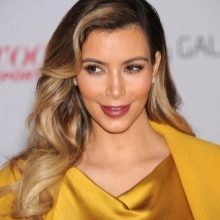
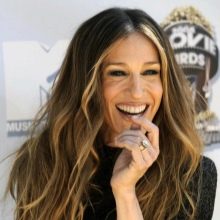
Many people confuse contouring and the stylish coloring that everyone loves - balayazh, shatush or ombre. Indeed, they all have the goal of correcting facial features. However, contouring includes not only color changes, but also professional haircuts and styling. Only complex work allows you to subtly change the traits and achieve unique results.
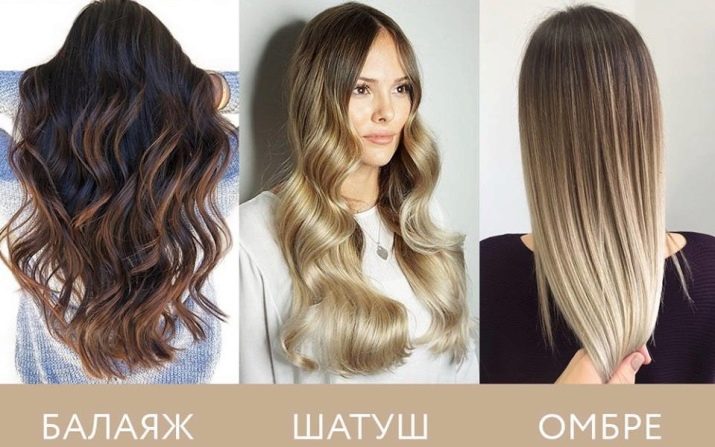
The pluses include a gentle effect on the curls. Contouring does not require radical pigment changes. To achieve the desired outlines, it is enough for the master to paint only a couple of strands around the face. However, despite the seeming simplicity of this style, the procedure should not be carried out at home.
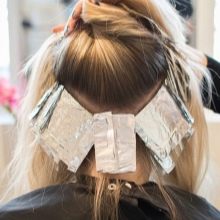


Only a professional of the highest qualification can correctly select shades and place them in the right place and in the sequence as needed.
Basic ways
There are several popular methods of staining using the contouring technique.
Fading color - this style is reminiscent of ombre. However, the latter is characterized by sharp transitions; in the contouring, the gradient is soft and blurry. The desired result is achieved by gradually adding additional pigment to the base dye, thus creating a visual effect of smooth flow of one tone into another. The image is very feminine, and the hairstyle is voluminous.
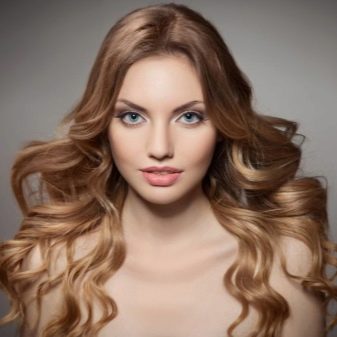
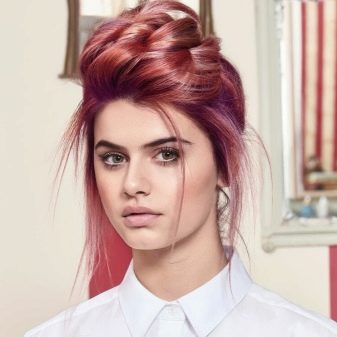
Strobing - three shades of light color are used here, they are applied according to a specific scheme. The strands near the face are made the lightest, wide curls are painted, and then narrow occipital ones. Further, with the help of a special brush, highlights are formed on the already colored strands, which make the hairstyle more voluminous and radiant.
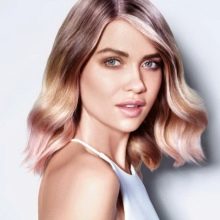
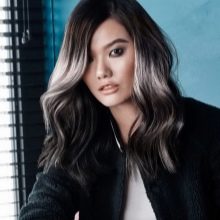
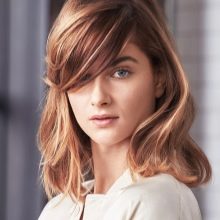
It is important that the contrast turns out to be fuzzy - this will give the hairstyle a visual splendor. Many people confuse strobing and highlighting. At first glance, these styles are similar, but they differ in the way paint is applied and the principle of choosing halftones.
Underlighting - this style is in demand among young girls. The shades here are not located along the entire length, but are applied only to the ends of the strands. This kind of contouring assumes a great variability of tones - they can be both natural and colored, practically contrasting.
Sometimes only the lower strands are tinted with paint of extreme color, and the upper ones seem to cover it, making the image more restrained. These curls look very advantageous if you put them in a bun. In this case, colorful hair ends will appear for all to see.
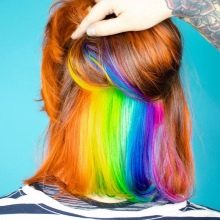
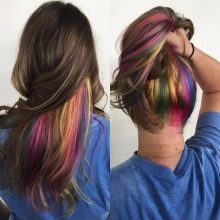
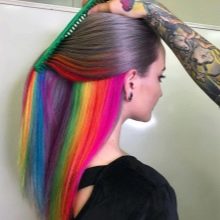
Flash - this style is popularly called "flash of light". This option is preferred by many Hollywood divas. It looks especially impressive on dark hair, it seems as if the flash of a camera has gone through the hair - the look comes out stylish and truly luxurious.
You can achieve the desired effect using contrasting halftones. They are located along the entire length, and not randomly, as in all other techniques. These blotches emphasize certain areas of the face and make the outlines more sculpted.

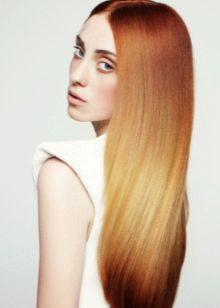
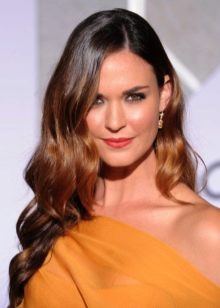
Combining colors is a classic technique that involves mixing two shades that are harmonious to each other. If you take incongruous colors, the effect can be completely unexpected. This is highly undesirable, since contouring is intended to soften the image and not vice versa. The combination of colors will balance the facial features, it looks especially harmonious on elongated strands.
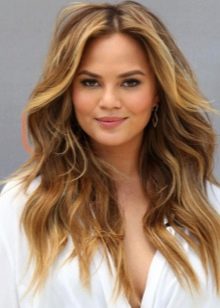
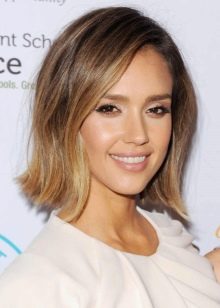

Features of face contour correction
The main thing that a professional master focuses on is the shape of the face. Sometimes the fair sex wants to repeat the look of the photo they like in a glossy magazine or on the TV screen.However, do not forget that all faces are different - what looks harmonious on one face may look ugly and sometimes just ridiculous on another. An experienced colorist should convince the client to choose a different technique by explaining that the result will not be what she wants, and offer her an alternative.

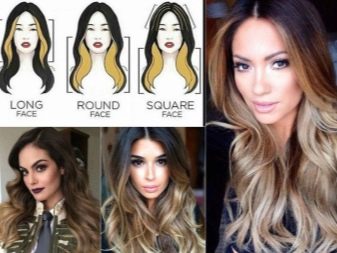
The shape of the face becomes the base, taking into account which the shading solutions and the scheme for applying the color are already selected.
Round and square
The rounded shape of the face is characterized by softness and smoothness of lines. The length of the forehead-chin line almost corresponds to the width of the face. The chin area is practically not pronounced and rounded. Such a face shape visually changes the proportions, so facial features may appear smaller or, on the contrary, larger than they actually are. The cheeks are especially eye-catching.
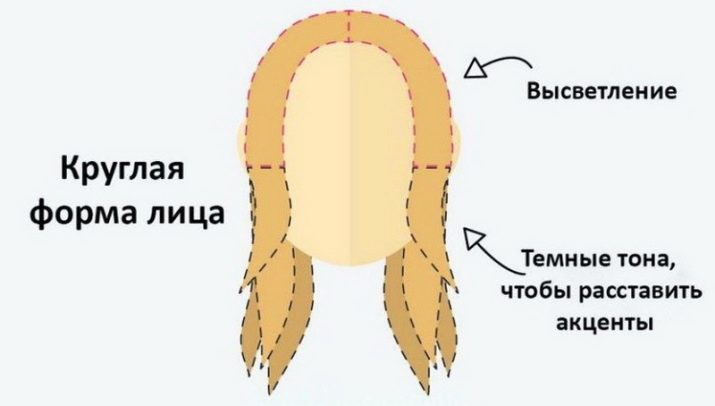
You can adjust the shape using coloring. If the owner of this type dyes the entire head of hair in a single color scheme, especially light, then she will only achieve that her face will look even rounder. Contouring involves toning the strands directed from the ears down and behind in a darker color scheme, the rest of the head of hair is dyed in light colors. Alternatively, alternatively, you can lighten the ends of the curls, if the length allows.
The use of light shades above the frontal area visually conceals the bones of the skull, expressed with a similar face shape. This technique allows you to visually stretch out the features and give the image the necessary sophistication and depth. For such women, it is best to choose medium hair length and style it with large curls that gently frame the face.
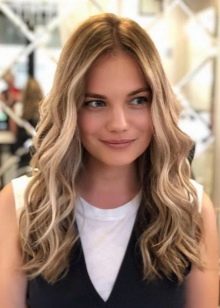

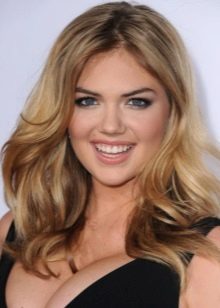
For square faces, a heavy chin, a massive jaw, a low forehead and rather wide cheekbones are typical.... Facial features are usually rough. The main thing in this case is to round the lines and soften the corners, especially in the area of the temples and along the chin line. The glaring strands allow to achieve the desired effect, when curls of dark and light halftones alternate, and the thickness of the strand does not exceed 1.5 cm.
The hair on top is colored a couple of tones lighter than on the temples. To correct a massive chin, preference is given to elongated haircuts. The hair roots are slightly lightened - this gives the hair more volume.
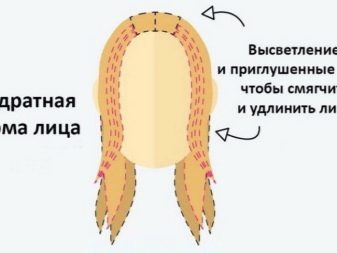

Oval and elongated
Elongated faces most often have irregular proportions, so experienced craftsmen try to bring the face closer to the oval as much as possible... To do this, you need to add width to it and visually reduce the length. The volume is distributed so that the maximum falls on the side zone.
In this case, the upper half of the shock is shaded, that is, they give the tips and roots of the occipital strand a dark semitone. Further, the strands are lightened along the contours of the face. At the same time, basic shades should dominate on the upper region of the head - this will help to make the elongated shape a little more shortened. Such faces often look dull; blotting several light strands into the main head of hair helps to correct this situation.


The oval shape is considered ideal, it is to it that the contouring fits all other faces. The owners of such traits are very lucky - they can safely perform any beauty experiments. The most important thing is that coloring and haircuts do not distort the classic shapes. Therefore, toning of the strands here can be done in any sequence, the flash effect and strobbing look especially impressive, they give the hair additional splendor.
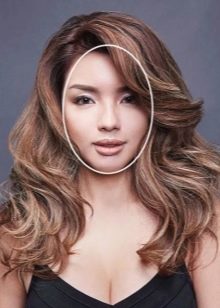
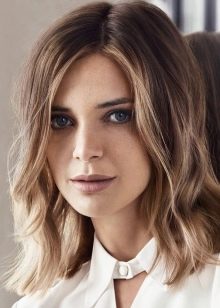
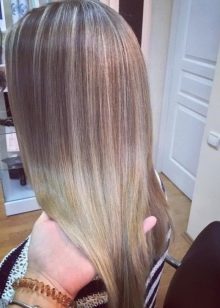
As for the haircut, then with such a staining, a cascade, as well as a ladder, will be the best solution.
Triangular and trapezoidal
The main problem with triangular and trapezoidal shapes is the chin. You can visually correct the face by lightening the strands around the face and the area near the roots. This technique works especially well in tandem with symmetrical haircuts and oblique bangs.
Heart-shaped is similar to a triangular shape. It assumes a wide forehead, raised cheekbones and a pointed chin. Usually, the hairline on the forehead with a similar face shape is heart-shaped. The lower jaw becomes the narrowest zone, and the eye line becomes the widest.
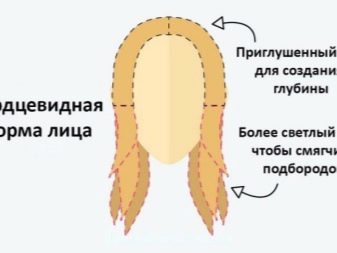
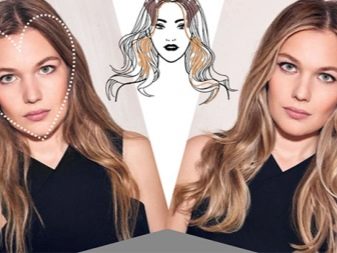
To bring this shape closer to an oval one, when choosing a hairstyle, you need to add volume to the chin area and remove it from the upper half of the head. Short haircuts are inappropriate here, then the entire volume will be on top, and the lower part will be open. The optimal solution would be elongated garcon or bob, that is, haircuts that give volume to the sides. Owners of long hair can style them in waves. The bangs look very good, especially the elongated and oblique ones.
As for coloring, here the volume is created by lightening the tips and lower strands.... This allows you to significantly soften the chin area, up the hairline, on the contrary, make it 2-4 tones darker. In this case, melting coloring looks harmonious.
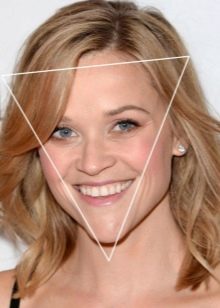
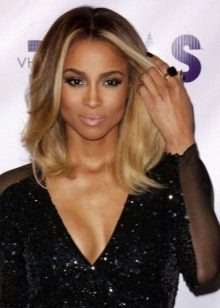
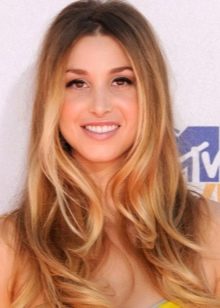
Hair length and color options
The shades that colorists use when creating contouring directly depend on the original hair tone. For example, for brunettes and brown-haired women, they use colors of chocolate, cocoa, as well as berry and woody tones. The contouring palette for women is luxurious and warm. The main thing is that the difference between light and dark tones does not exceed 1-2 shades. So, if you make accents with the color of dark chocolate, then cocoa with milk should play the role of the main light spot.
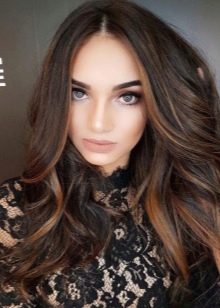
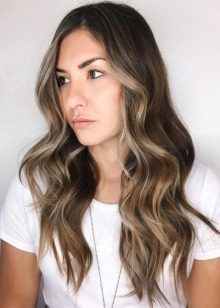

For women with light brown and blond hair, straw and honey undertones are suitable. They complement each other well. And to give such a contour a little more luxury, halftones of gold and copper allow.
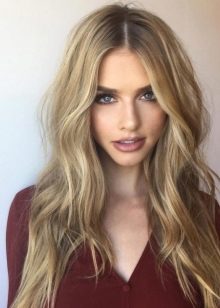
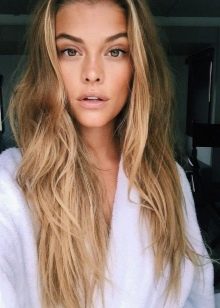
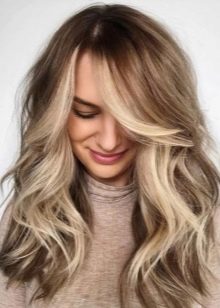
Step-by-step staining technique
The strand contouring technique is exactly the same as the makeup of the same name. The basic principle here is to create shades and midtones so that they visually correct and sculpt the face. The goal of the technique is to make the shape as close as possible resembling an oval one.
To do this, it is necessary to select all areas of the face that require correction, and then visually change them. To mask a particular area, use dark tones. And to emphasize - you need light strands.
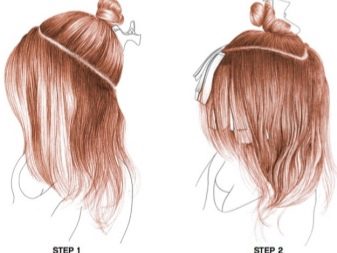

The following recommendations will help you achieve the desired result.
All paints used for coloring must be of exceptionally high quality. This is important for maintaining healthy hair and for keeping the color lasting. Otherwise, after several shampooing procedures, the color will change and will not give the desired effect.
Avoid sharp boundaries and strong contrasts, they only suit very young girls. At the first signs of age-related changes, contrasts aggravate the situation and make the face look more mature, especially in recent seasons in the trend of naturalness.
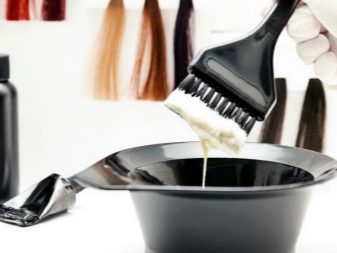
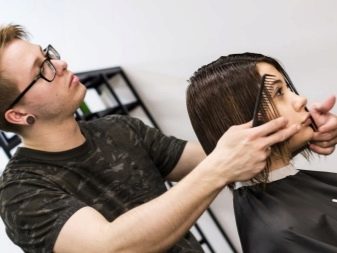
It is very important to correctly place color accents, otherwise the result can be quite disastrous.
Beautiful examples
With the help of contouring, you can significantly change the shape of the face. At the same time, the features become much deeper, and the features are expressive. But overall it makes a gentle natural impression.
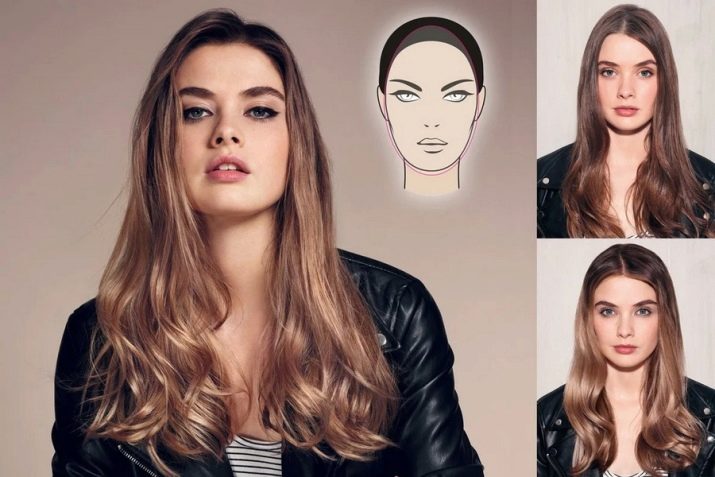
It feels like you're looking at the perfect face... Although it is obvious from the first photographs that this is not at all the case. In addition, competent dyeing gives lightness to the entire look, the hair remains healthy, looks as natural and neat as possible.
Less commonly, colored contouring is used. In this case, light accents are made by painting the strand in purple, red or white tones.
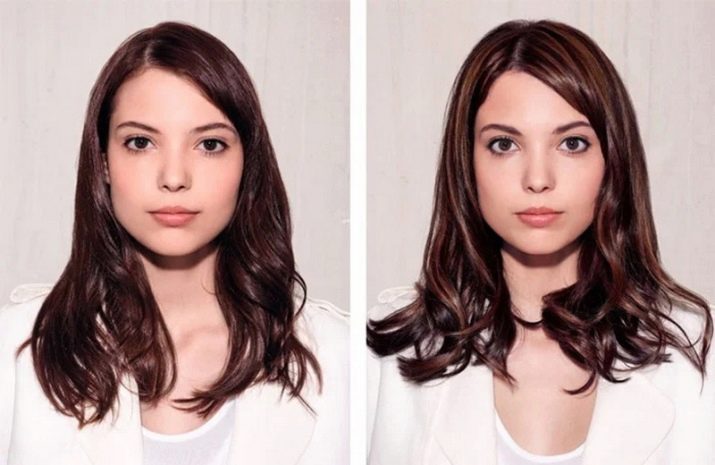
Hair contouring is an effective coloring technique... It can be used on faces of any shape, on locks of any color and length. It suits light, black and red hair, it is harmonious on medium-length curls and on a square. The main thing is to find a professional master who can choose the correct halftones and correctly place accents.

For information on how to correct a face using hair color, see the next video.








